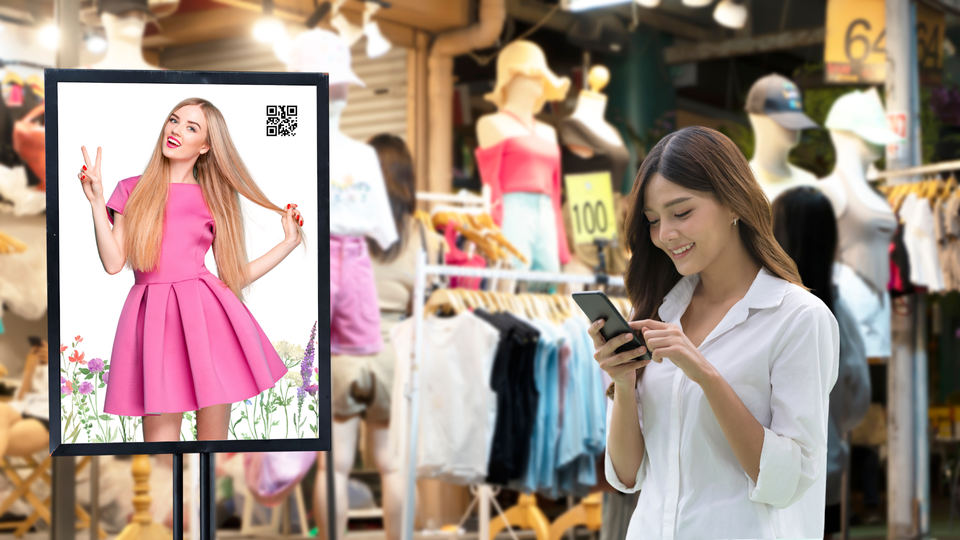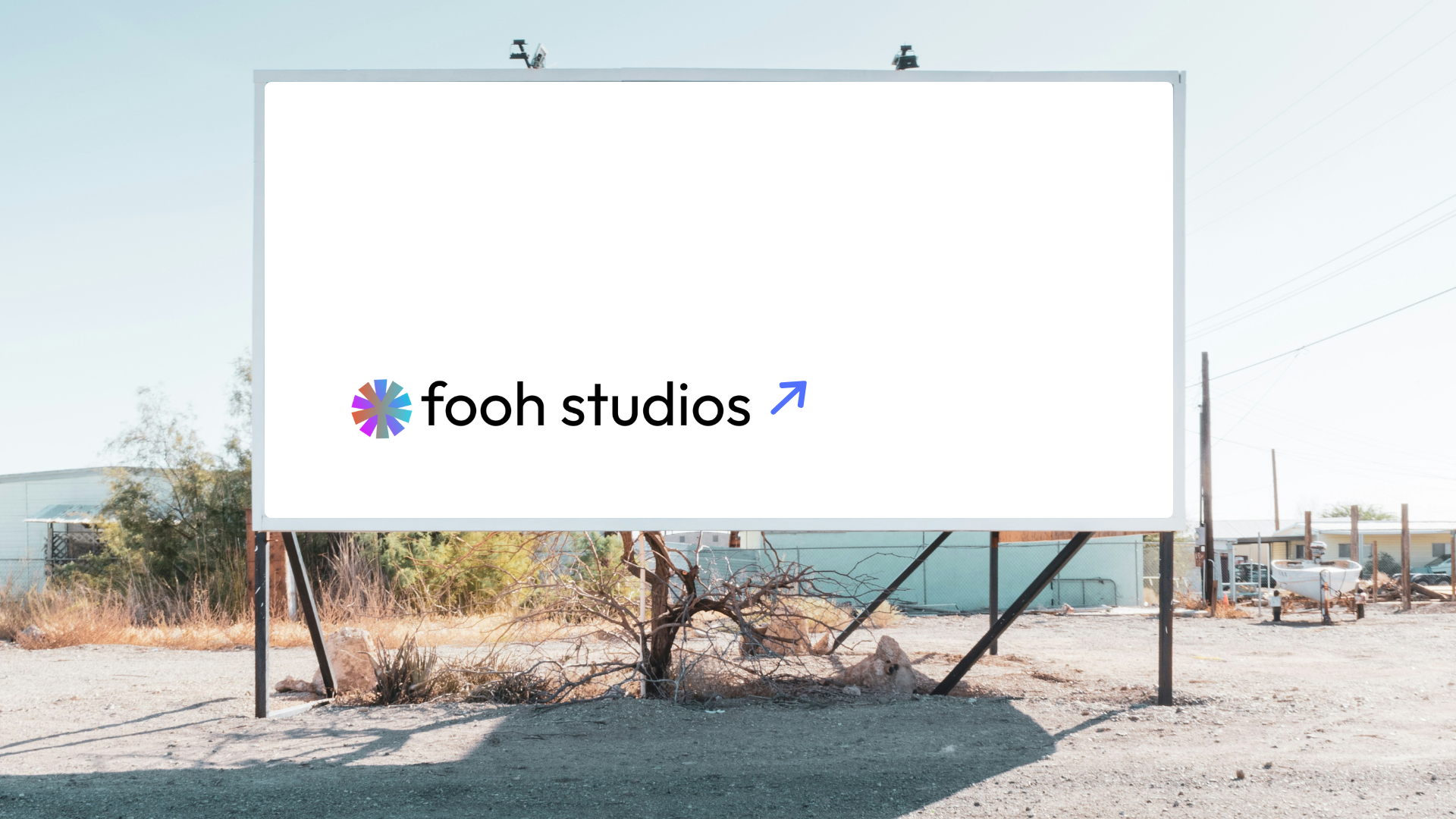The Rise of 3D Anamorphic Billboards: Where Digital Art Meets Advertising
In the heart of London's Piccadilly Circus, pedestrians stop in their tracks as a massive wave appears to crash through the glass of a digital screen, creating an illusion so realistic that some instinctively step back.

In the heart of London's Piccadilly Circus, pedestrians stop in their tracks as a massive wave appears to crash through the glass of a digital screen, creating an illusion so realistic that some instinctively step back.
This isn't your grandfather's billboard – it's part of a revolutionary new advertising format known as 3DOOH (3D Out-of-Home) or 3D anamorphic billboards, and it's transforming the urban advertising landscape.
Understanding 3D Anamorphic Illusions
3D anamorphic billboards represent the convergence of traditional outdoor advertising with cutting-edge digital technology. These displays create stunning three-dimensional illusions that appear to break free from the flat screens they're displayed on, catching viewers off guard and commanding their attention in increasingly crowded urban environments.
The term "anamorphic" refers to the specific type of perspective technique used to create these illusions. The content is deliberately distorted in a way that, when viewed from a particular angle, appears to extend beyond the physical constraints of the display. This technique dates back to Renaissance art but has found new life in the digital age.
Also a lot of awesome films
The Technical Challenge Behind the Magic
Creating content for 3D anamorphic billboards is far more complex than traditional digital advertising. Designers must work with tools typically associated with virtual reality game development, including:
- Real-time 3D rendering engines like Unreal Engine or Unity
- Advanced motion graphics software
- Sophisticated perspective calculation tools
- Physics simulation systems for realistic movement
The process requires a deep understanding of both spatial geometry and human perception. Creators must carefully consider viewing angles, screen placement, and environmental factors to ensure the illusion works effectively for the majority of viewers.
Why 3DOOH Is Gaining Momentum
The explosive growth of 3D anamorphic billboards isn't just about technological capability – it's driven by several key factors:
Attention Economy
In a world where traditional advertising struggles to capture attention, these displays create genuine "stop and stare" moments. Ocean Outdoor's installations in Piccadilly Circus regularly cause crowds to gather and share content on social media, extending the reach far beyond the physical location.
Social Media Amplification
The spectacular nature of these displays makes them inherently shareable. A single well-executed 3D billboard can generate millions of organic impressions through social media shares and viral videos, providing advertisers with valuable earned media.
Decreasing Technology Costs
While still premium advertising spaces, the cost of the necessary display technology has decreased significantly, making it feasible for more locations to adopt this format.
The Future of 3DOOH
As we look ahead, several trends are emerging in the 3DOOH space:
Interactive Integration
Next-generation displays are beginning to incorporate interactive elements, allowing pedestrians to influence the content through movement or mobile devices. This creates a more engaging experience and deeper connection with brands.
AI and Real-Time Adaptation
Some systems are experimenting with AI to adapt content based on factors like weather, time of day, or crowd demographics, making the displays more relevant and effective.
Global Expansion
While early adopters were concentrated in Asian markets and premium locations like Piccadilly Circus, we're seeing rapid expansion into new markets as more advertising networks recognize the potential of this format.
Challenges and Considerations
Despite the excitement surrounding 3DOOH, several challenges remain:
Technical Limitations
The illusion only works from specific viewing angles, requiring careful consideration of placement and audience flow patterns. Content must be designed with these limitations in mind.
Content Creation Complexity
The specialized skills required to create effective 3D anamorphic content are still relatively rare, leading to higher production costs compared to traditional digital advertising.
Measurement and Analytics
The industry is still developing standardized methods for measuring the effectiveness of 3DOOH campaigns, particularly in quantifying the value of social media amplification.
Looking Ahead
The future of outdoor advertising is increasingly three-dimensional. As technology continues to evolve and creative teams become more adept at working with these new tools, we can expect to see even more innovative uses of 3DOOH. The key to success will lie in finding the sweet spot between spectacular visual effects and meaningful brand messaging.
For advertisers and media owners considering investment in 3DOOH, the message is clear: this is not just another digital billboard format – it's a new medium that requires new thinking, new skills, and new measurement approaches. But for those who get it right, the rewards can be extraordinary.
The transformation of static billboards into dynamic, attention-grabbing 3D experiences represents more than just a technological advancement – it's a fundamental shift in how we think about outdoor advertising. As more of these displays appear in cities worldwide, they're not just changing the urban landscape; they're rewriting the rules of public engagement with advertising.
Want to learn more about how your brand can dominate the virtual ad space? Contact Fooh Studios using the button below.




